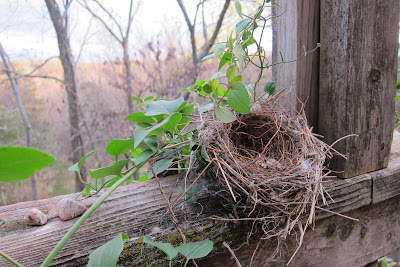The planes
have landed but I still haven’t
come down from my harrowing travel from Portland, Maine, to Kansas City
yesterday.
Travails
began just after I had been cleared through security. A guard directed me to
take either an elevator to escalator to the lower level and the Delta gate
where I would board. Carrying my purse and a tote bag, I chose an escalator.
Two narrow escalators were going down side by side. Both were nearly full of people and carry-on bags.
There was
a short line waiting to get on. I followed an older couple, maybe not quite as old as
me. The man went first, followed on the next step by his wife who pulled a large double-deck carry-on bag behind her.
The bag sat two steps up from her. I was on the next step up.
Halfway
down the flight, the woman’s bag tipped over toward her and a prescription bottle of pills clattered out onto the step. Alarmed, she leaned forward a bit to tell her
husband what had happened. Now we were three-quarters of the way down.
The
husband turned his head, spotted the bottle, turned his back to the bottom of
the escalator and reached for the bottle just as his step hit bottom. He fell
in a heap, somehow face forward. His wife tumbled on top of him. The escalator was
moving right along. I watched the scene unfold in amazement, picturing in my
mind a domino tumble of human bodies as all passengers reached the end. What a
heap we would make! I was going to fall on two people and about twenty people
behind me would pile on.
While my
mind was engaged in this horrific vision, some bodily instinct took over. My
body stepped close to the opposite handrail, stepped down into the narrow space
between the carry-on and the rail, down two more steps, brushing the fallen
bodies, and off the escalator. As I took the last step, a man standing beside
the escalator reached out to take my hand. That steady hand felt like a
lifeline.
“Oh,
Lord!” I heard my voice say, “Thank you.”
I knew
people were coming down that escalator behind me and I didn’t want to impede
their progress. Shakily, I walked toward a little shop to buy a bottle of water
and didn’t look back. In the shop a woman said, “Next time, take the elevator.”
A few
minutes later, as I walked to my gate, the escalator was stopped. No people
were on it and the fallen ones were gone. I want to believe someone helped them
up and that they walked away intact.
From that
incident on I saw the entire air travel experience more clearly than ever
before. The lines of people waiting to board and the seemingly endless settling
in process through narrow aisles, overhead compartments banging, people heaving
enormous suitcases that should have been checked. In the concourses, the swarms of people pulling big bags and
pushing strollers going every which way, the shops offering everything from
Saworski crystals to MacDonald’s junk food, the din of voices and competing
public address announcements.
That’s
just a partial list of the tortures of air travel, but why mention the rest? I don’t want to be in an airport. I don’t want to be
in a city. I don’t want to be in heavy traffic. I’m just a country woman and
that’s where I want to be. What I want is to get my feet and mind firmly back
on the piece of earth I love most, my Paradise.
And here I
am, safe and more or less sound. While I was gone most trees dropped their
leaves, but the sweet autumn clematis is still green.
Now that the leaves have fallen I can
see my old friend, the big sycamore across the creek, glowing white as the late afternoon
autumn sun falls across Chicken Creek Valley.
Copyright 2012 by Shirley
Domer














































